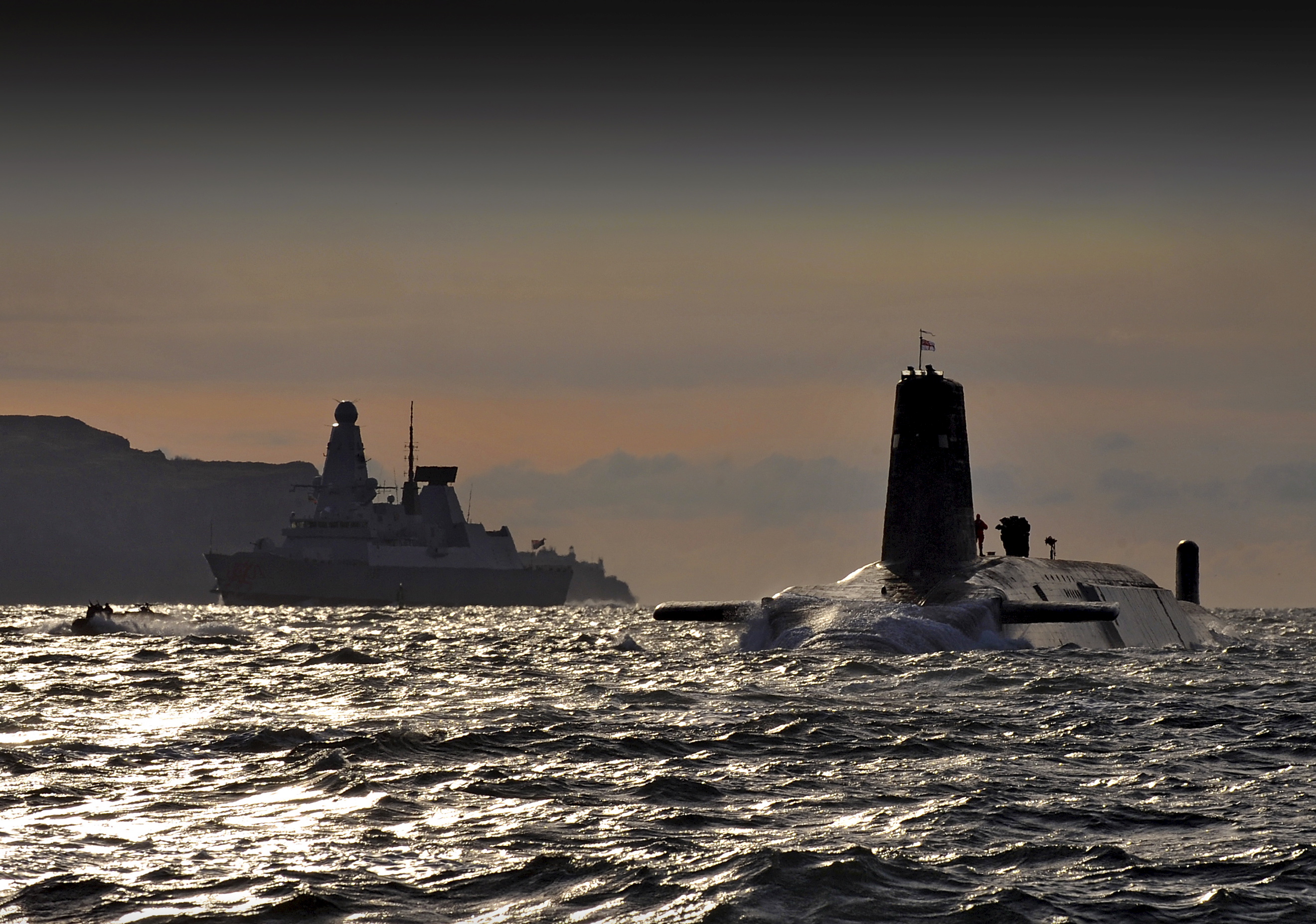Not sure I fully understand the concept of "No Design Changes".
Well this isn't normal procurement. Defence and Navy are out on the sidelines, effectively they are spectators, like the rest of us. They may be asked specific questions as experts, but they aren't running the procurement.
So now you have team, made up of politician, an accountant, several lawyers, aids, advisors etc running the procurement. These people aren't going to be re-specing ships to meet any sort of Navy or defence preference. They have no expertise or knowledge in that area, they have been told by navy that all four are acceptable. Any changes would be the on the supplier. There isn't any Australian "push" or "pull" for systems or equipment.
This is very odd.
This means the manufacturer would be basically completely on the hook for everything. Those firms better go talk to finance and their governments about backing them on this project.
Now with Navantia in particular, it isn't super clear, what they are offering, we have some public statements, we have the defence advice on what they looked at, but that isn't a locked in proposal.
With the Avante 3000. They would have to be basically ready to cut steal. Not just propose it. Get some more money, design it, engineer it. But we don't know what they know. Maybe the saudis were interested in this design, and everything was ready to go and they just haven't pulled the trigger on it. From what we can tell from the outside, it isn't part of an existing build program of a nation. Parts haven't already be priced, ordered, with delivery windows locked in with manufacturers.
Same with TKMS, what exactly would we get? It is modular. But what do they have in their existing build inventory that can accelerate the project. The ships might not get built with any VL, and perhaps combat system wise, there isn't a big difference for them with 9lVvs others etc.
For the overseas build we need something basically ready we can go, and hopefully push in front of or in the middle of. Which means contracts for those ships and equipment are probably already spec'd, signed, costed and paid for.
Japan has basically said that it would government to government the overseas build ships. Like the USN does with the F-18 Super-hornets. We can take their build slot, its passed on to the original customer, then transferred from that customer to the final customer.
For lawyers, accountants and politicians, this is going to make it very, very attractive. Which is what Korean sources are saying, it has nothing to do with the platforms. Its the Team Japan deal they are offering, which even the Koreans can see, is a heck of a deal, and something perhaps they should look at in the future, a Team Korea. With government facilitating, rather than corporate box flogging trying to make money on business deals.
This is some pretty big pressure on this. Because perhaps, the US Constellation project may go belly up. Americans are now looking in and seeing what is on the table.



